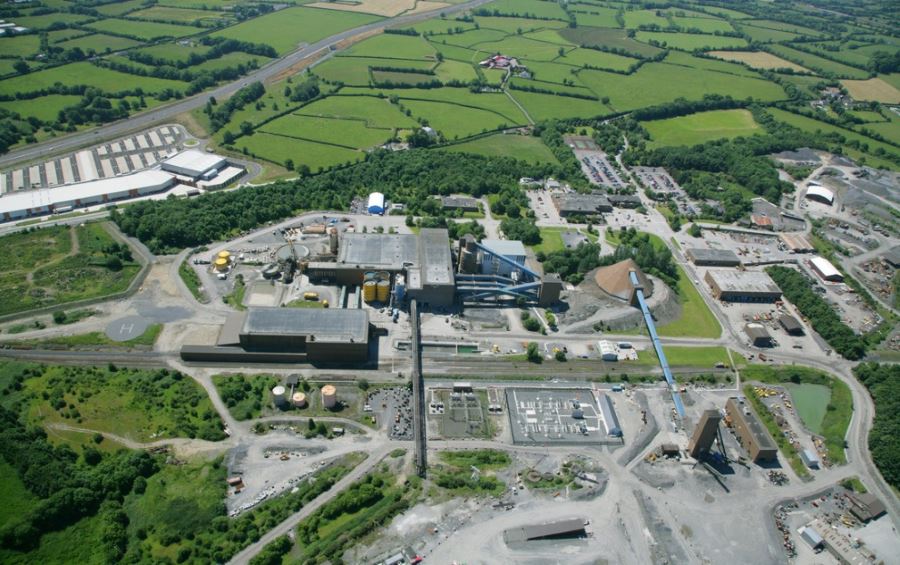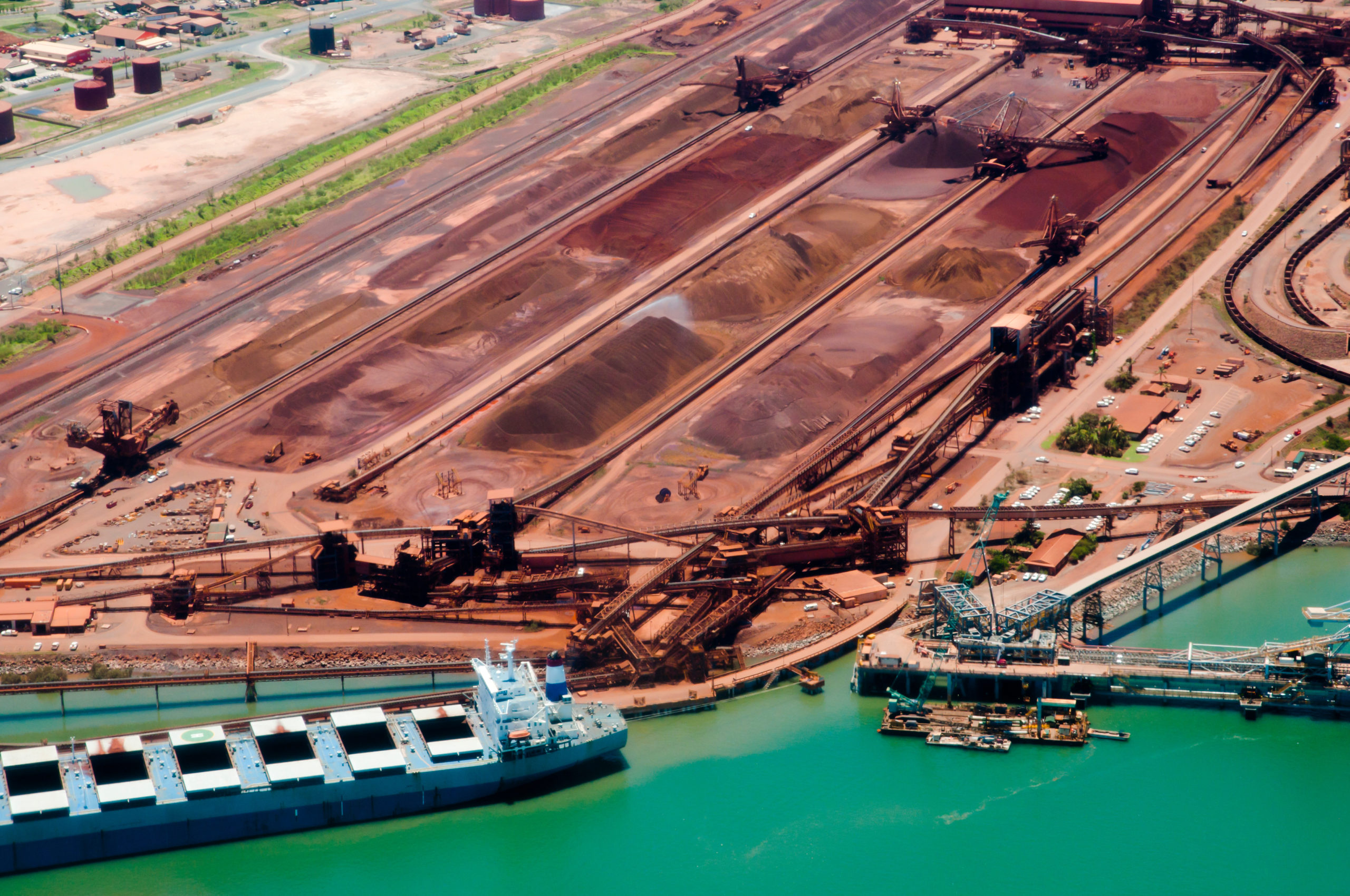Column: Zinc price slide claims first victim as Irish mine closes

The closure of the Tara zinc mine in Ireland tells you how far the price of the galvanizing metal has fallen over the last year.
London Metal Exchange (LME) three-month zinc hit an all-time high of $4,896 per tonne in March 2022. It has since more than halved, touching in May a nearly three-year low of $2,215.
Weighing on the market is a combination of weak demand and rising supply as refined production recovers from a year of smelter disruption.
The focus on the smelting segment of the supply chain seems to have blind-sided the market to the impact of the steep price slide on mine profitability.
London zinc jumped by 5% to $2,491 per tonne when Swedish producer Boliden announced on June 13 it was placing its Irish operations on care and maintenance with immediate effect.
The closure is unlikely to alleviate the immediate over-supply of zinc concentrates but it is a sharp reminder for the market that the zinc price is teetering on the edge of the mining production cost curve.

Tara’s perfect storm
Tara Mines, based in County Meath, is “currently cash flow negative due to a combination of factors including operational challenges, a decline in the price of zinc, high energy prices and general cost inflation”, Boliden said.
The company’s chief executive Gunnar Nystrom told Ireland’s RTE radio it was “a perfect storm” leading to “tremendous unsustainable losses”.
“The zinc market seems to be very volatile at the moment,” Nystrom said, which is an understatement given the scale of the price collapse over the last 15 months.
It doesn’t help that smelters are also charging miners more for converting their concentrates into refined metal.
This year’s global benchmark treatment charges were set at $274 per tonne, up from $230 in 2022 and $159 in 2021.
Supply glut
The jump in processing fees reflected a build-up of raw material due to multiple smelter outages, particularly in Europe due to high energy prices.
Some European smelter capacity remains off-line but China’s producers are lifting production after soaking up surplus concentrates.
China’s imports of zinc concentrates rose by 13% last year and jumped by another 21% year-on-year to 1.54 million tonnes bulk weight in the first four months of 2023.
The country’s smelters appear to have so far avoided a repeat of last year’s energy-related constraints and refined zinc output was up by 8% at 2.674 million tonnes in January-May this year, according to local data provider Shanghai Metal Markets.
Spot smelter treatment terms in China are assessed by Fastmarkets at $195-230 per tonne, lower than the annual benchmark. Smelters are said to be comfortably stocked amid an abundance of raw material.
The loss of Tara, which last year produced 103,000 tonnes of zinc in concentrates, is unlikely to have much immediate physical impact on these dynamics.
Mind the cost curve
It is, however, a warning that zinc has fallen in super-fast time to the producer pain threshold.
Total production costs among tracked zinc mining companies averaged $2,179 per tonne in the first quarter of 2023, according to Refinitiv, an LSEG company.
That’s a weighted average calculation.
Every mine has its own unique cost dynamics and Tara’s financing challenges have been accentuated by operating challenges, most recently in the form of flooding late in 2021.
However, Tara is unlikely to be the only operator facing some hard choices as long as zinc trades at these depressed levels and energy prices remain elevated.

The only way is down?
The Tara news is priced in, LME three-month metal giving back part of its gains and trading around $2,400 per tonne.
Pricing remains partly beholden to Shanghai, where zinc is being dragged down by a weak steel complex. The connectivity reflects zinc’s usage in galvanised steel, a sector that is in turn linked to China’s foundering commercial property market.
Funds are playing the London zinc contract from the short side to the tune of 10,295 contracts as of the latest Commitments of Trading Report.
It’s the largest collective bet on lower prices since early 2021, when markets were roiled by the first wave of Covid-19 lockdowns in China.
How much lower the price can fall, however, is a moot point, given the mounting producer pain.
A metal’s cost curve is not a hard price floor. But, to quote analysts at Morgan Stanley, “the 90th percentile of the global cost curve has proven to be a reliable floor, with rare ‘undershoots’ during periods of extensive economic stress (e.g. 2009)”. (“Zincking no more”, June 15, 2023).
Zinc’s price implosion since March last year may not be over. The Tara bounce has faded and the bears may be back.
But Tara’s suspension is a wake-up call that after a year of worrying about smelters, zinc traders need to start worrying about zinc mines as well.
(The opinions expressed here are those of the author, Andy Home, a columnist for Reuters.)
(Editing by Barbara Lewis)
More News
{{ commodity.name }}
{{ post.title }}
{{ post.date }}



Comments